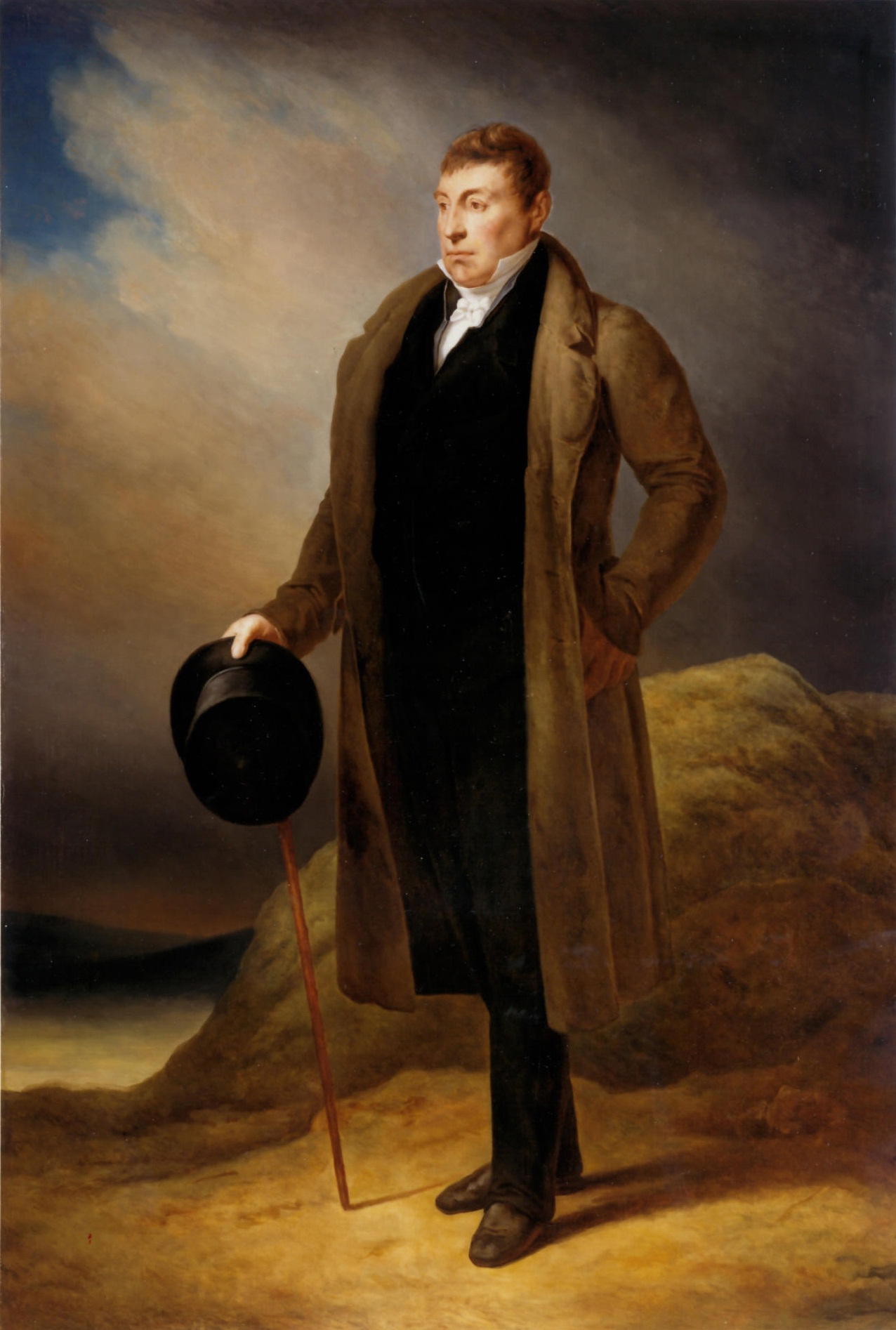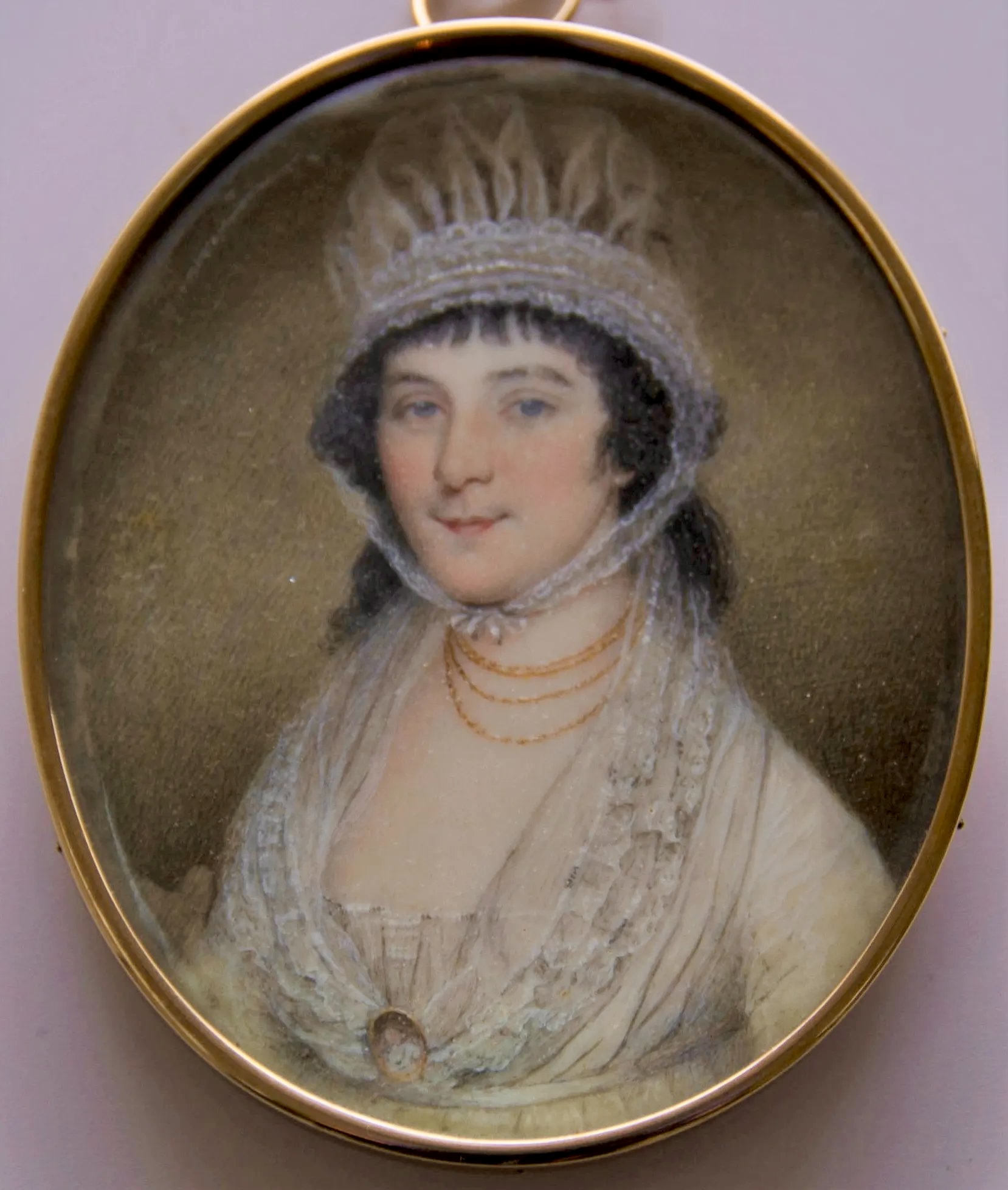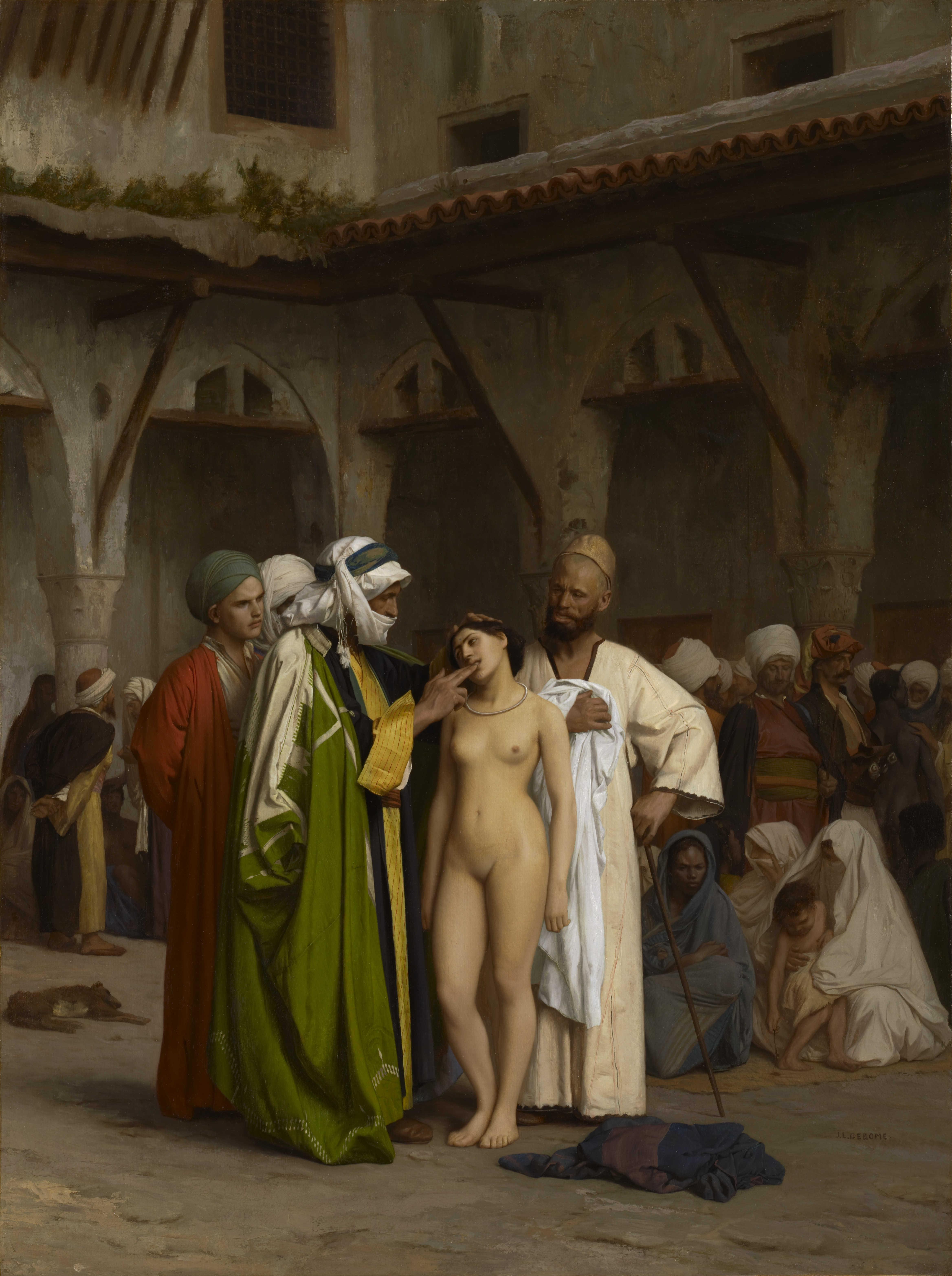|
Lafayette Square (Washington, D.C.)
Lafayette Square is a seven-acre (28,327 m2) public park located within President's Park in Washington, D.C., directly north of the White House on H Street, bounded by Jackson Place on the west, Madison Place on the east and Pennsylvania Avenue on the south. It is named for the general, the Marquis de Lafayette, a French aristocrat, and hero of the American Revolutionary War (1775–1783) and includes several statues of revolutionary heroes from Europe, including Lafayette, while at its center is a famous statue of early 19th century U.S. president and general Andrew Jackson on horseback with both of the horse's front hooves raised. Lafayette Square and the surrounding structures were designated the Lafayette Square Historic District in 1970. History Initial plans Planned by Pierre L'Enfant as part of the pleasure grounds surrounding the Executive Mansion, the square is part of President's Park, which is the larger National Park Service unit that also includes the White Hous ... [...More Info...] [...Related Items...] OR: [Wikipedia] [Google] [Baidu] |
Eisenhower Executive Office Building
The Eisenhower Executive Office Building (EEOB), formerly known as the Old Executive Office Building (OEOB), and originally known as the State, War, and Navy Building (SWAN Building), is a Federal government of the United States, United States government building that is now part of the White House compound in the U.S. capital of Washington, D.C. The building houses various agencies that comprise the Executive Office of the President of the United States, Executive Office of the President, such as the White House Office, the Office of the Vice President of the United States, Office of the Vice President, the Office of Management and Budget, and the United States National Security Council, National Security Council. Opened in 1888, the building was renamed in 1999 in honor of Dwight D. Eisenhower, the 34th U.S. president and a Five-star rank, five-star General of the Army (United States), U.S. Army general who was Allies of World War II, Allied forces commander during World War II ... [...More Info...] [...Related Items...] OR: [Wikipedia] [Google] [Baidu] |
Andrew Jackson Downing
Andrew Jackson Downing (October 31, 1815 – July 28, 1852) was an American landscape designer, horticulturist, writer, prominent advocate of the Gothic Revival in the United States, and editor of ''The Horticulturist'' magazine (1846–1852). Downing is considered to be a founder of American landscape architecture. Early life Downing was born in Newburgh, New York, to Samuel Downing, a wheelwright and later nurseryman, and Eunice Bridge. After finishing his schooling at sixteen, he worked in his father's nursery in the Town of Newburgh, and gradually became interested in landscape gardening and architecture. He began writing on botany and landscape gardening and then undertook to educate himself thoroughly in these subjects. He married Caroline DeWint, daughter of John Peter DeWint, in 1838. Professional career His official writing career started when he began producing articles for newspapers and horticultural journals in the 1830s. In 1841 his first book, ''A Treatise ... [...More Info...] [...Related Items...] OR: [Wikipedia] [Google] [Baidu] |
Henry Adams
Henry Brooks Adams (February 16, 1838 – March 27, 1918) was an American historian and a member of the Adams political family, descended from two U.S. presidents. As a young Harvard graduate, he served as secretary to his father, Charles Francis Adams, Abraham Lincoln's ambassador to the United Kingdom. The posting influenced the younger man through the experience of wartime diplomacy, and absorption in English culture, especially the works of John Stuart Mill. After the American Civil War, he became a political journalist who entertained America's foremost intellectuals at his homes in Washington and Boston. During his lifetime, he was best known for '' The History of the United States of America 1801–1817'', a nine-volume work, praised for its literary style, command of the documentary evidence, and deep (family) knowledge of the period and its major figures. His posthumously published memoir, '' The Education of Henry Adams'', won the Pulitzer Prize and went on to be nam ... [...More Info...] [...Related Items...] OR: [Wikipedia] [Google] [Baidu] |
John Hay
John Milton Hay (October 8, 1838July 1, 1905) was an American statesman and official whose career in government stretched over almost half a century. Beginning as a Secretary to the President of the United States, private secretary for Abraham Lincoln, he became a diplomat. He served as United States Secretary of State under Presidents William McKinley and Theodore Roosevelt. Hay was also a biographer of Lincoln, and wrote poetry and other literature throughout his life. Born in Salem, Indiana to an anti-slavery family that moved to Warsaw, Illinois, Hay showed great potential from an early age, and his family sent him to Brown University. After graduation in 1858, Hay read law in his uncle's office in Springfield, Illinois, adjacent to that of Lincoln. Hay worked for Lincoln's 1860 United States presidential election, successful presidential campaign and became one of his private secretaries in the White House. Throughout the American Civil War, Hay was close to Lincoln and s ... [...More Info...] [...Related Items...] OR: [Wikipedia] [Google] [Baidu] |
Dolley Madison
Dolley Todd Madison (née Payne; May 20, 1768 – July 12, 1849) was the wife of James Madison, the fourth president of the United States from 1809 to 1817. She was noted for holding Washington social functions in which she invited members of both political parties, essentially spearheading the concept of bipartisan cooperation. Previously, founders such as Thomas Jefferson would only meet with members of one party at a time, and politics could often be a violent affair resulting in physical altercations and even duels. Madison helped to create the idea that members of each party could amicably socialize, network, and negotiate with each other without violence. By innovating political institutions as the wife of James Madison, Dolley Madison did much to define the role of the President's spouse, known only much later by the title First Lady—a function she had sometimes performed earlier for the widowed Thomas Jefferson. Madison also helped to furnish the newly constructed W ... [...More Info...] [...Related Items...] OR: [Wikipedia] [Google] [Baidu] |
Henry Clay
Henry Clay (April 12, 1777June 29, 1852) was an American lawyer and statesman who represented Kentucky in both the United States Senate, U.S. Senate and United States House of Representatives, House of Representatives. He was the seventh Speaker of the United States House of Representatives, House speaker as well as the ninth United States Secretary of State, secretary of state. He unsuccessfully ran for president in the 1824 United States presidential election, 1824, 1832 United States presidential election, 1832, and 1844 United States presidential election, 1844 elections. He helped found both the National Republican Party and the Whig Party (United States), Whig Party. For his role in defusing sectional crises, he earned the appellation of the "Great Compromiser" and was part of the "Great Triumvirate" of Congressmen, alongside fellow Whig Daniel Webster and Democratic Party (United States), Democrat John C. Calhoun. Clay was born in Hanover County, Virginia, Virginia, in ... [...More Info...] [...Related Items...] OR: [Wikipedia] [Google] [Baidu] |
Martin Van Buren
Martin Van Buren ( ; ; December 5, 1782 – July 24, 1862) was the eighth president of the United States, serving from 1837 to 1841. A primary founder of the Democratic Party (United States), Democratic Party, he served as Attorney General of New York, New York's attorney general and United States Senator, U.S. senator, then briefly as the ninth governor of New York before joining Andrew Jackson's administration as the tenth United States secretary of state, minister to the United Kingdom of Great Britain and Ireland, United Kingdom, and ultimately the eighth vice president of the United States, vice president from 1833 to 1837, after being elected on Jackson's ticket in 1832 United States presidential election, 1832. Van Buren won the presidency in 1836 United States presidential election, 1836 against divided Whig opponents. He lost re-election in 1840 United States presidential election, 1840, and failed to win the Democratic nomination in 1844 United States presidential el ... [...More Info...] [...Related Items...] OR: [Wikipedia] [Google] [Baidu] |
William Wilson Corcoran
William Wilson Corcoran (December 27, 1798 – February 24, 1888) was an American banker, philanthropist, and art collector. He founded the Corcoran Gallery of Art in Washington, D.C. Early life and education Corcoran was born on December 27, 1798, in Georgetown in Washington, D.C., one of 12 children (six boys and six girls), six of whom survived to maturity. His father was Thomas Corcoran, a well-to-do merchant twice elected as mayor of Georgetown, and his mother was Hannah Lemmon. Thomas was born in Ireland, settled in Georgetown in 1788, and established a leather business. William Corcoran was raised in Georgetown, where he studied classics and mathematics at local private schools run by Alexander Kirk and the Reverend Addison Belt. He attended classes for a year at Georgetown College, and then joined the family business. Career Corcoran entered business at age 17, working in dry goods store owned by two brothers and opened his own branch store two years later. The ... [...More Info...] [...Related Items...] OR: [Wikipedia] [Google] [Baidu] |
War Of 1812
The War of 1812 was fought by the United States and its allies against the United Kingdom of Great Britain and Ireland, United Kingdom and its allies in North America. It began when the United States United States declaration of war on the United Kingdom, declared war on Britain on 18 June 1812. Although peace terms were agreed upon in the December 1814 Treaty of Ghent, the war did not officially end until the peace treaty was ratified by the 13th United States Congress, United States Congress on 17 February 1815. AngloAmerican tensions stemmed from long-standing differences over territorial expansion in North America and British support for Tecumseh's confederacy, which resisted U.S. colonial settlement in the Old Northwest. In 1807, these tensions escalated after the Royal Navy began enforcing Orders in Council (1807), tighter restrictions on American trade with First French Empire, France and Impressment, impressed sailors who were originally British subjects, even those who ... [...More Info...] [...Related Items...] OR: [Wikipedia] [Google] [Baidu] |
Slave Market
A slave market is a place where slaves are bought and sold. These markets are a key phenomenon in the history of slavery. Asia Central Asia Since antiquity, cities along the Silk road of Central Asia, had been centers of slave trade. In the early middle ages, Central Asia was a transit area for European slaves sold by the Vikings in Russia to slavery in the Abbasid Caliphate via the slave markets of the Central Asia. The slave trade in the Mongol Empire created a network of connected slave markets between Asia and Europe. In the 19th century, the slave markets of Khiva and Bukhara were still among the biggest slave markets in the world. In Bukhara, Samarkand, Karakul, Karshi, and Charju, mainly Persians, Russians, and some Kalmyk slaves, were traded by Turkmens, Kazakhs, and Kyrgyz. From the 17th to 19th centuries, Khiva was a notorious slave market for captured Persian and Russian slaves. The slave markets of central Asia was eradicated with the Russian conquest o ... [...More Info...] [...Related Items...] OR: [Wikipedia] [Google] [Baidu] |
Decatur House
Decatur House is a historic house museum at 748 Jackson Place in Washington, D.C., the capital of the United States. It is named after its first owner and occupant, the naval officer Stephen Decatur Jr. Built in 1818, the house is located at the northwest corner of Lafayette Square, about a block from the White House. In 1836, new owners built an outbuilding on the property at the back which was in part used for slave quarters. Until the Emancipation Proclamation went into effect on January 1, 1863, weekly auctions of enslaved black persons were held in the house's backyard, now a wedding venue. The building currently houses a museum, as well as the National Center for White House History, operated by the White House Historical Association. History Decatur House is one of the oldest surviving homes in Washington, D.C., and one of only three remaining houses in the country designed by neoclassical architect Benjamin Henry Latrobe. Completed in 1818 for naval hero Stephen ... [...More Info...] [...Related Items...] OR: [Wikipedia] [Google] [Baidu] |








